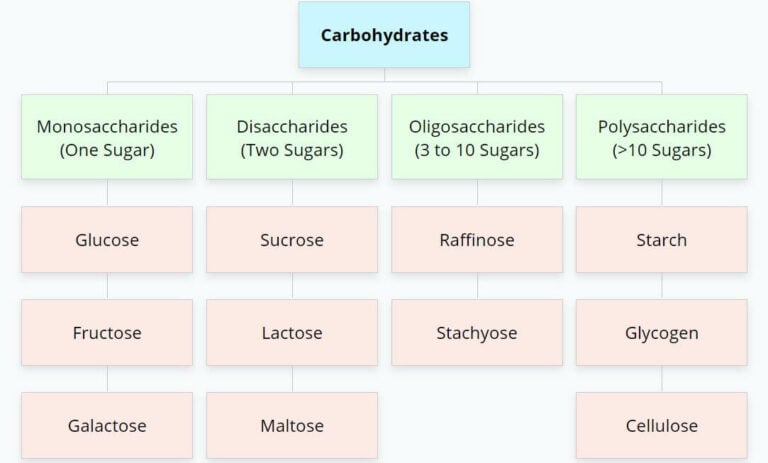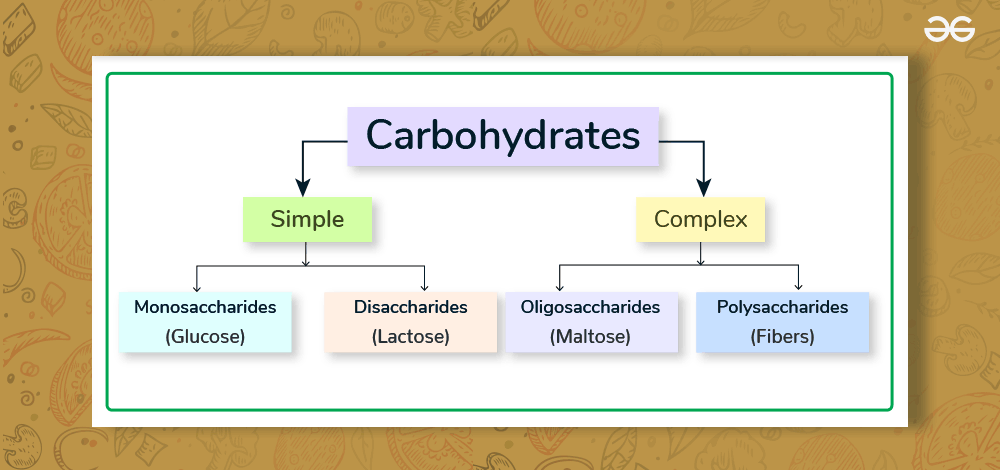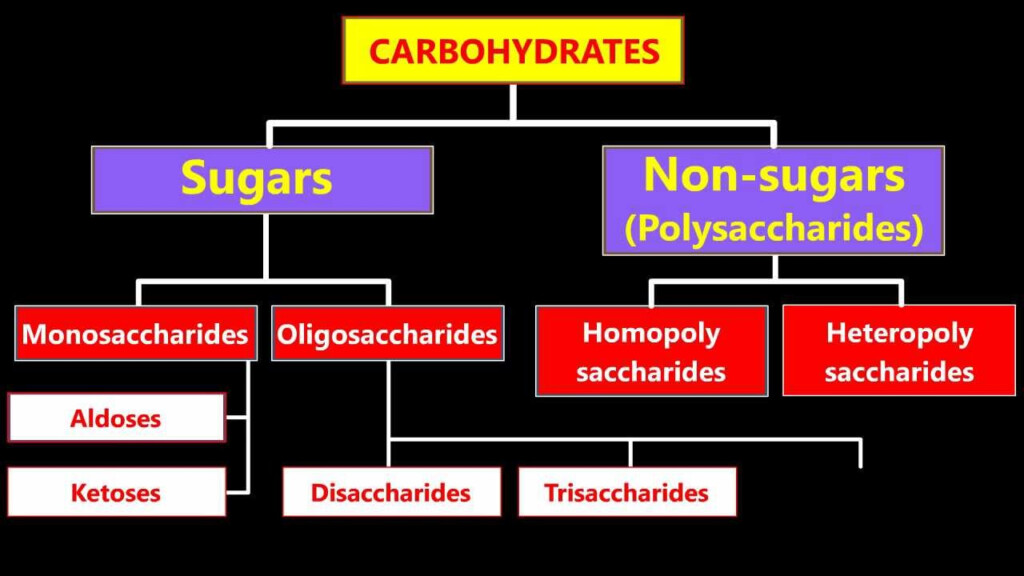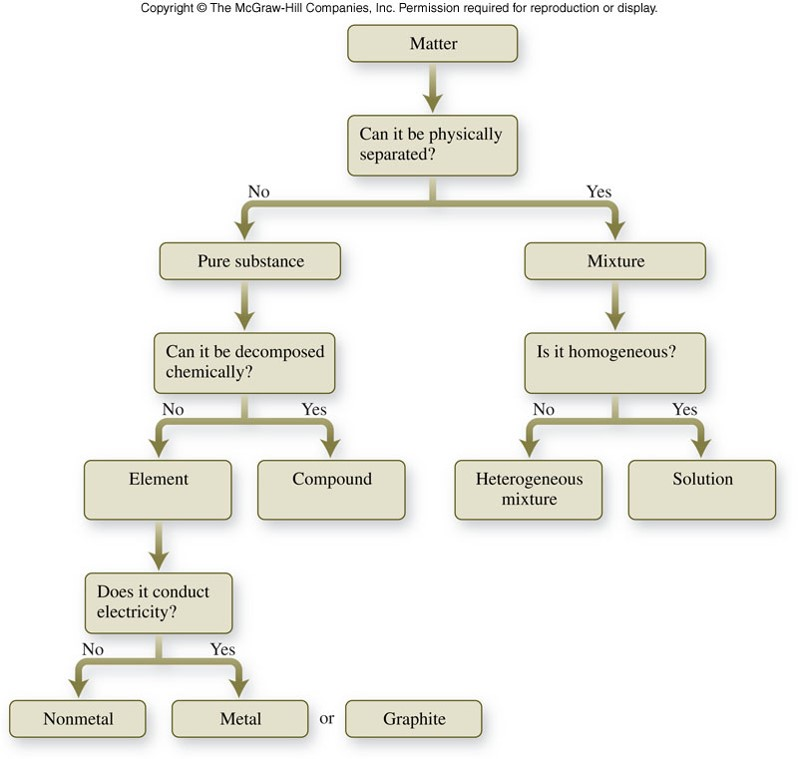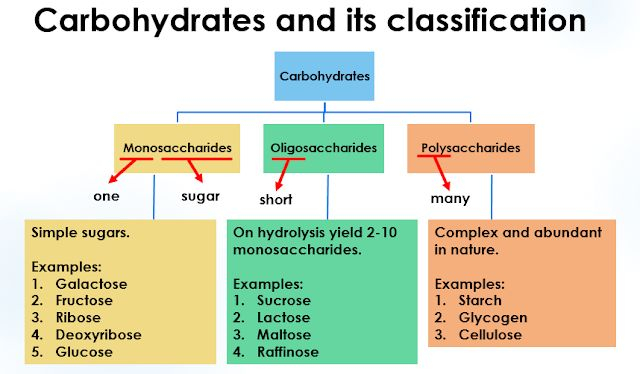Carbohydrates are one of the essential macronutrients that provide energy to the body. They are classified into different categories based on their structure and complexity. A flow chart of classification of carbohydrates can help in understanding the various types and their differences.
There are three main categories of carbohydrates: monosaccharides, disaccharides, and polysaccharides. Each category has its own subcategories based on the number of sugar units and the type of bonds they form. Let’s delve into each category and explore the flow chart of classification of carbohydrates in detail.
Flow Chart Of Classification Of Carbohydrates
Monosaccharides
Monosaccharides are the simplest form of carbohydrates and consist of a single sugar unit. They are further classified into three subcategories: trioses (3 carbon atoms), tetroses (4 carbon atoms), pentoses (5 carbon atoms), hexoses (6 carbon atoms), and heptoses (7 carbon atoms). Glucose, fructose, and galactose are some common examples of monosaccharides.
Monosaccharides can be further classified based on their functional groups, such as aldose and ketose. Aldose monosaccharides have an aldehyde functional group, while ketose monosaccharides have a ketone functional group. Understanding the flow chart of classification of monosaccharides can help in identifying and differentiating between various sugar units.
Disaccharides
Disaccharides are composed of two monosaccharide units linked together by a glycosidic bond. Common examples of disaccharides include sucrose, lactose, and maltose. Each disaccharide is formed by the condensation reaction between two monosaccharides, resulting in the release of a water molecule.
Disaccharides are classified based on the type of monosaccharides they contain. For example, sucrose is composed of glucose and fructose, lactose is composed of glucose and galactose, and maltose is composed of two glucose units. Understanding the flow chart of classification of disaccharides can provide insights into the different types of sugar combinations and their roles in the body.
Polysaccharides
Polysaccharides are complex carbohydrates composed of multiple sugar units linked together in long chains. They serve as energy storage molecules and structural components in plants and animals. Polysaccharides are further classified into starch, glycogen, and cellulose based on their structure and function.
Starch is the primary energy storage polysaccharide in plants, glycogen is the energy storage polysaccharide in animals, and cellulose is a structural polysaccharide found in the cell walls of plants. Understanding the flow chart of classification of polysaccharides can help in comprehending the diverse roles and functions of these complex carbohydrates in living organisms.
Overall, the flow chart of classification of carbohydrates provides a systematic and organized way to understand the diverse types of carbohydrates and their structures. By exploring the different categories and subcategories of carbohydrates, one can gain a deeper insight into their functions and importance in the body.
Download Flow Chart Of Classification Of Carbohydrates
Classification Of Carbohydrates Carbohydrate Types Illustration
Classification Of Carbohydrates Chart Keski
Flow Chart Classification Of Matter Classification Of Matter Flow The
Carbohydrates Monosaccharides Oligosaccharides Polysaccharides
